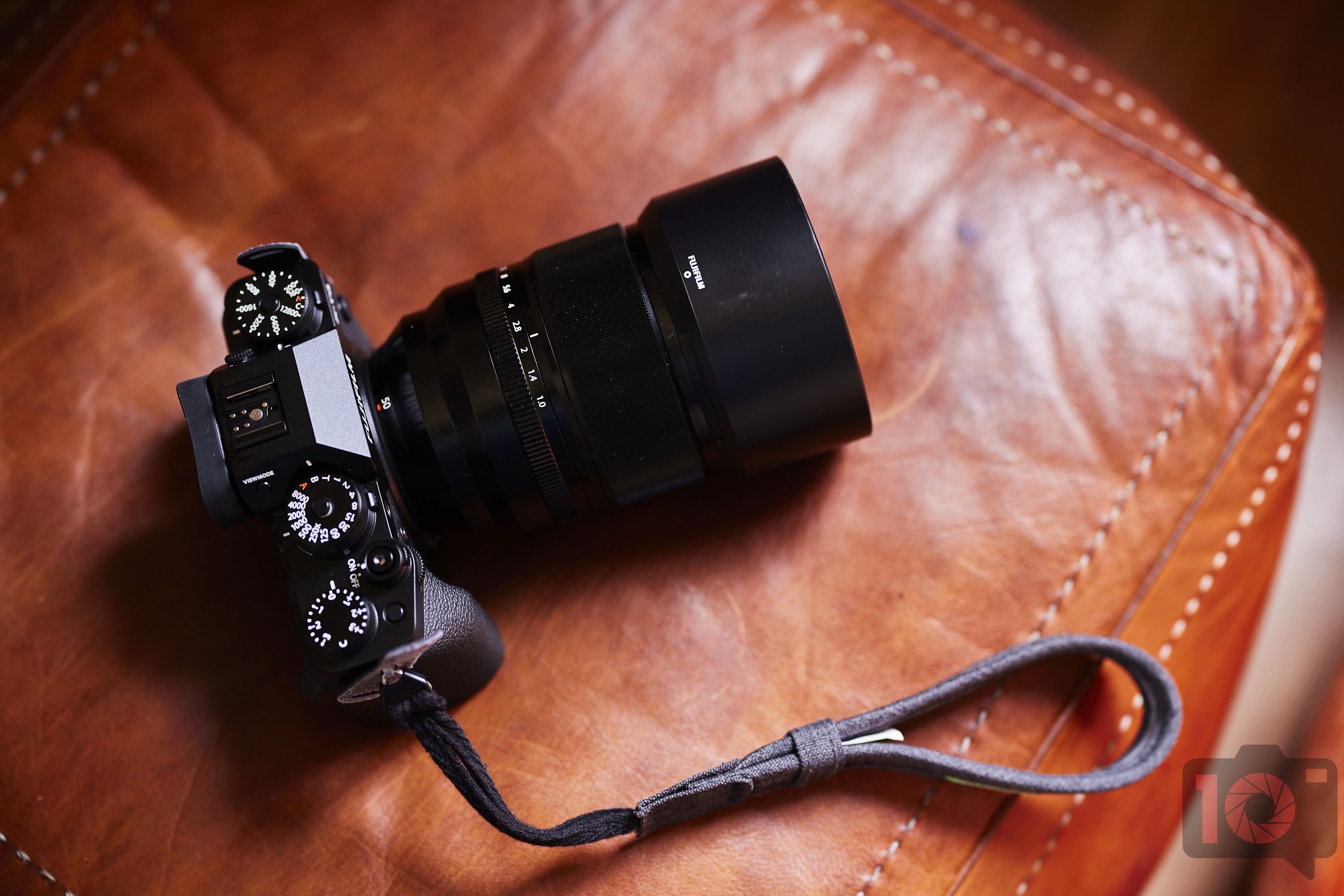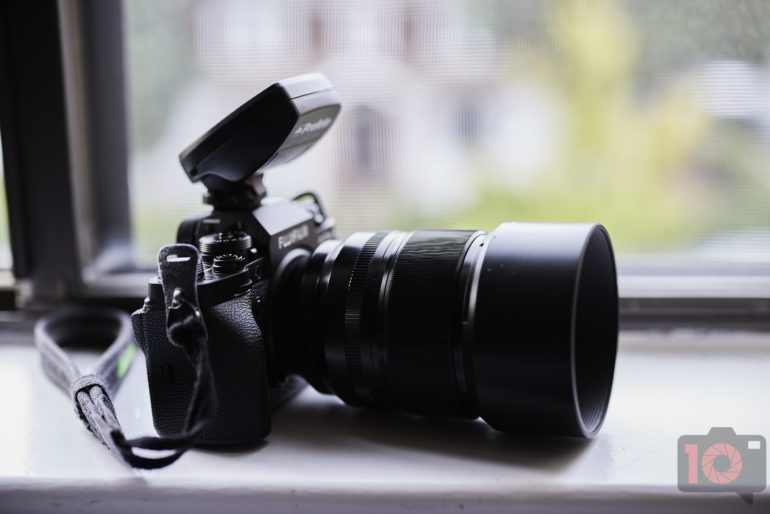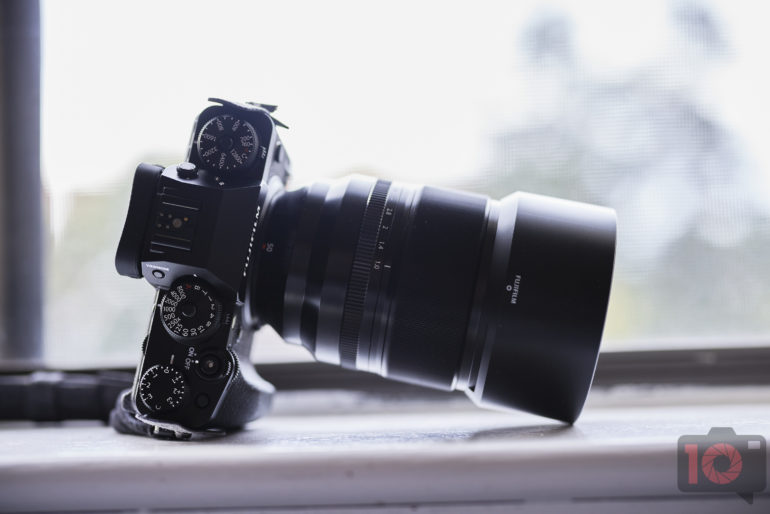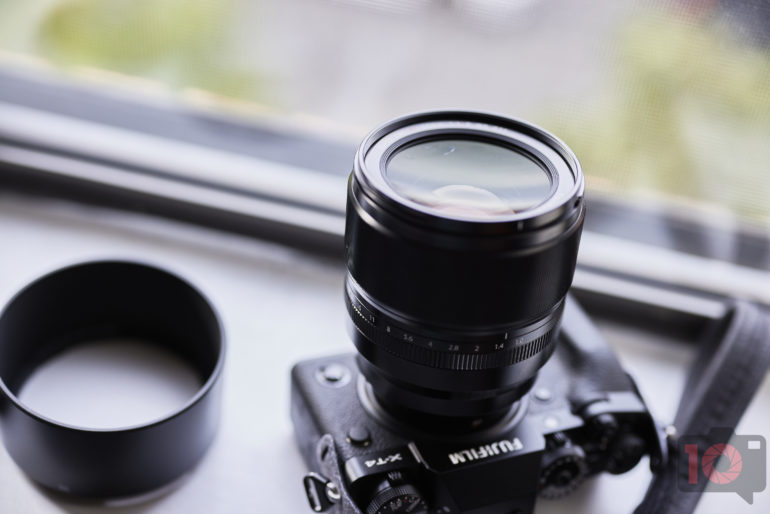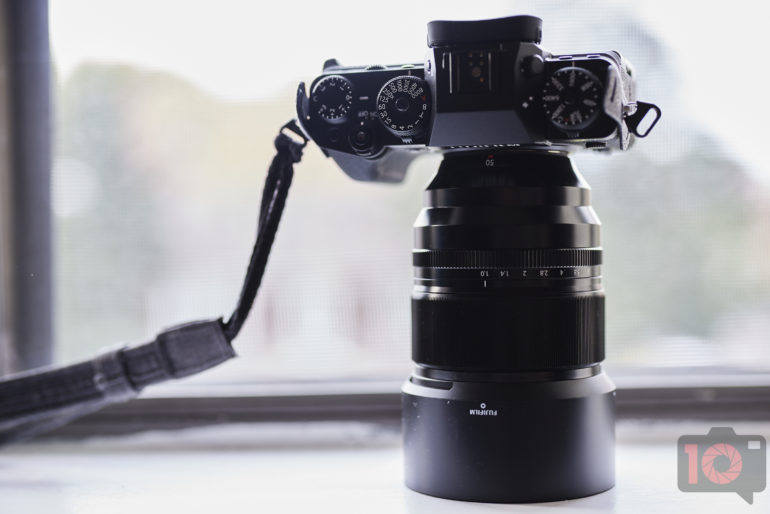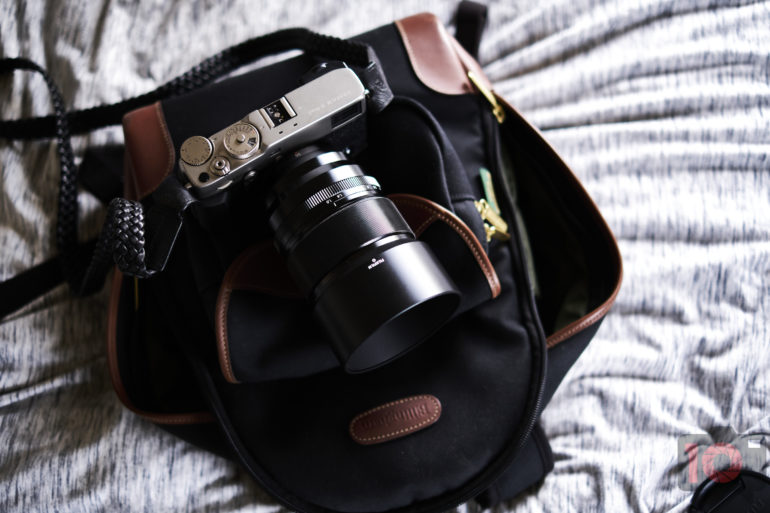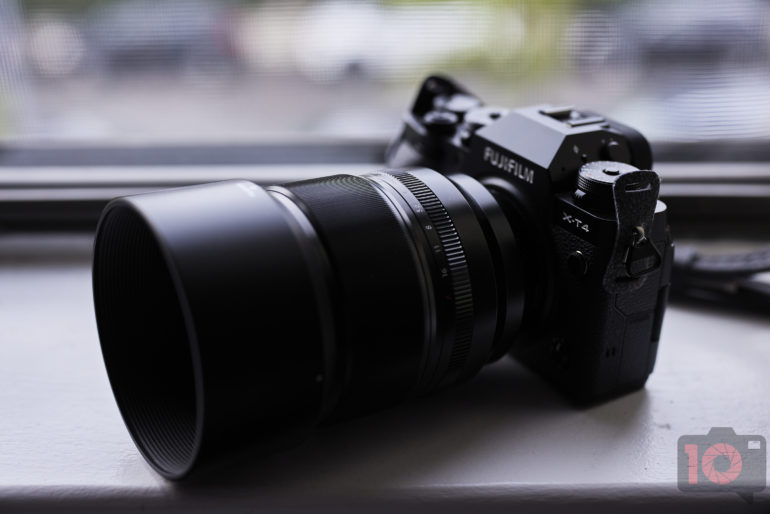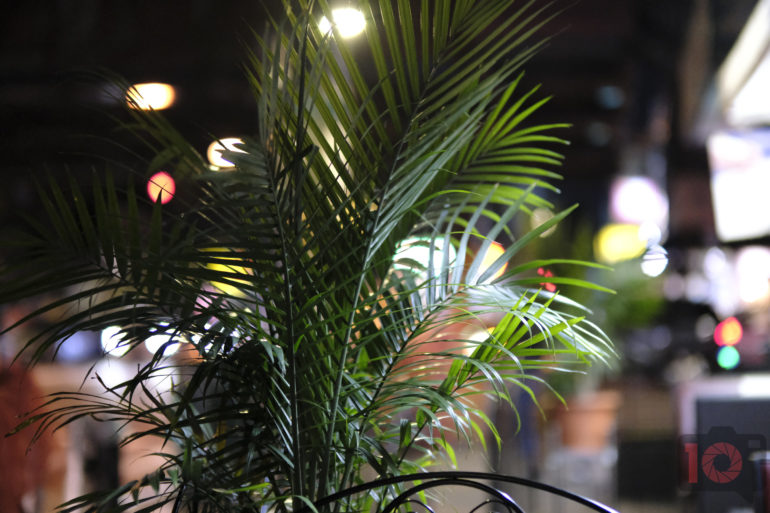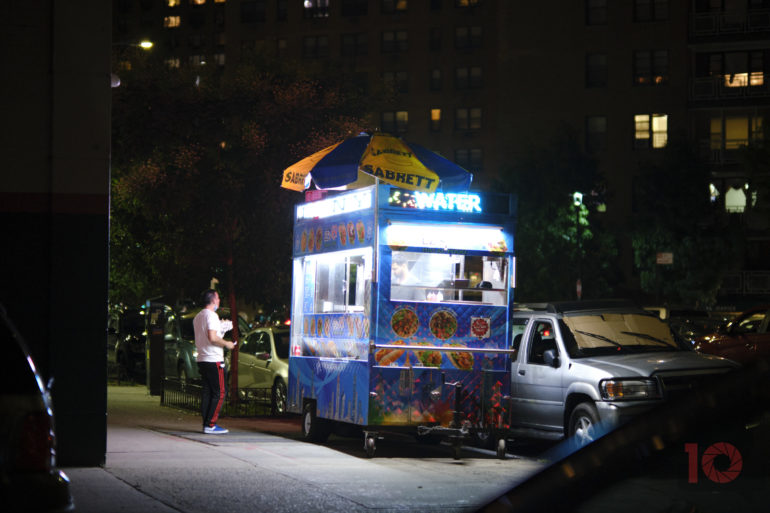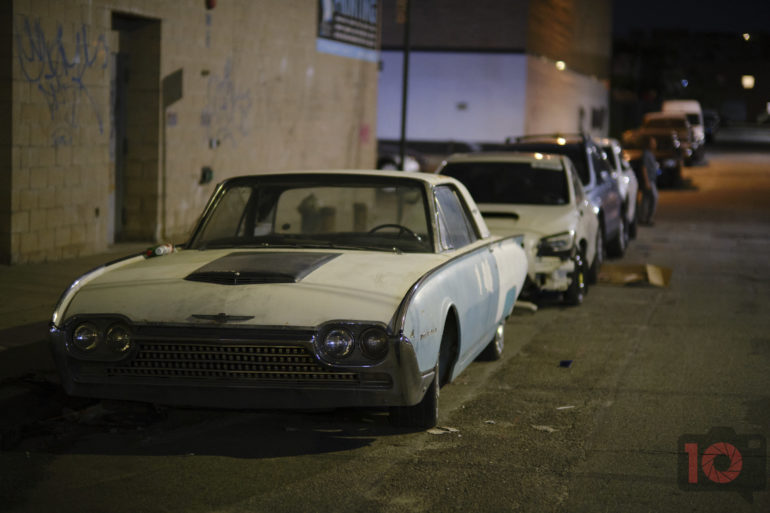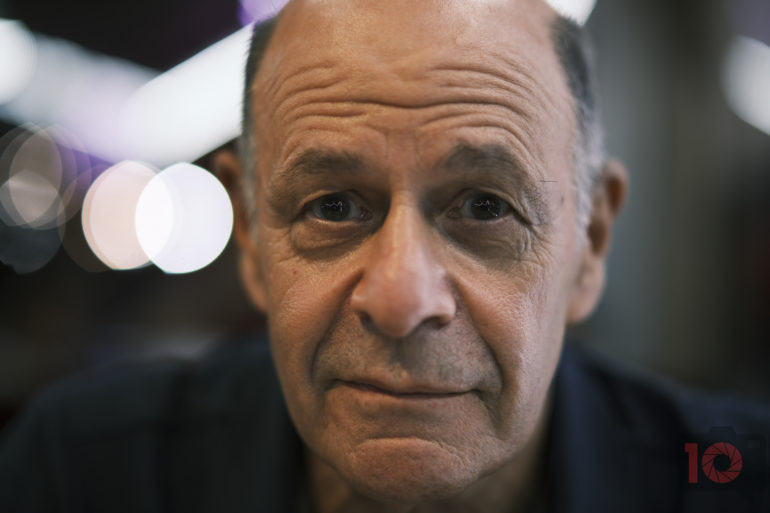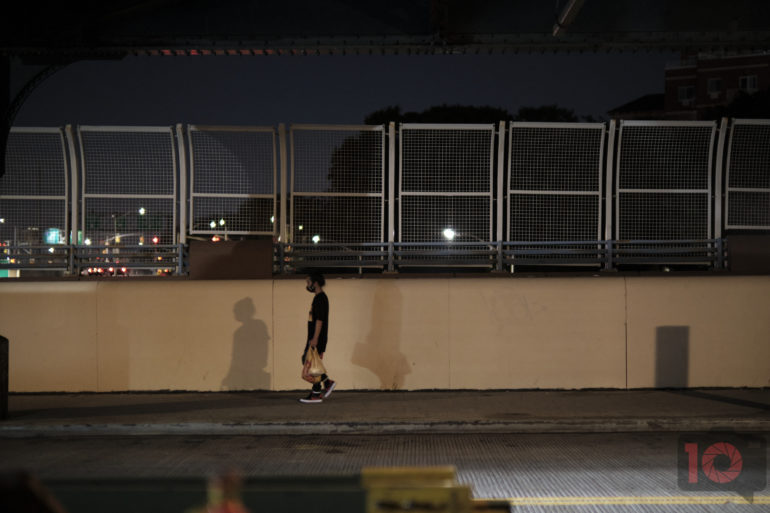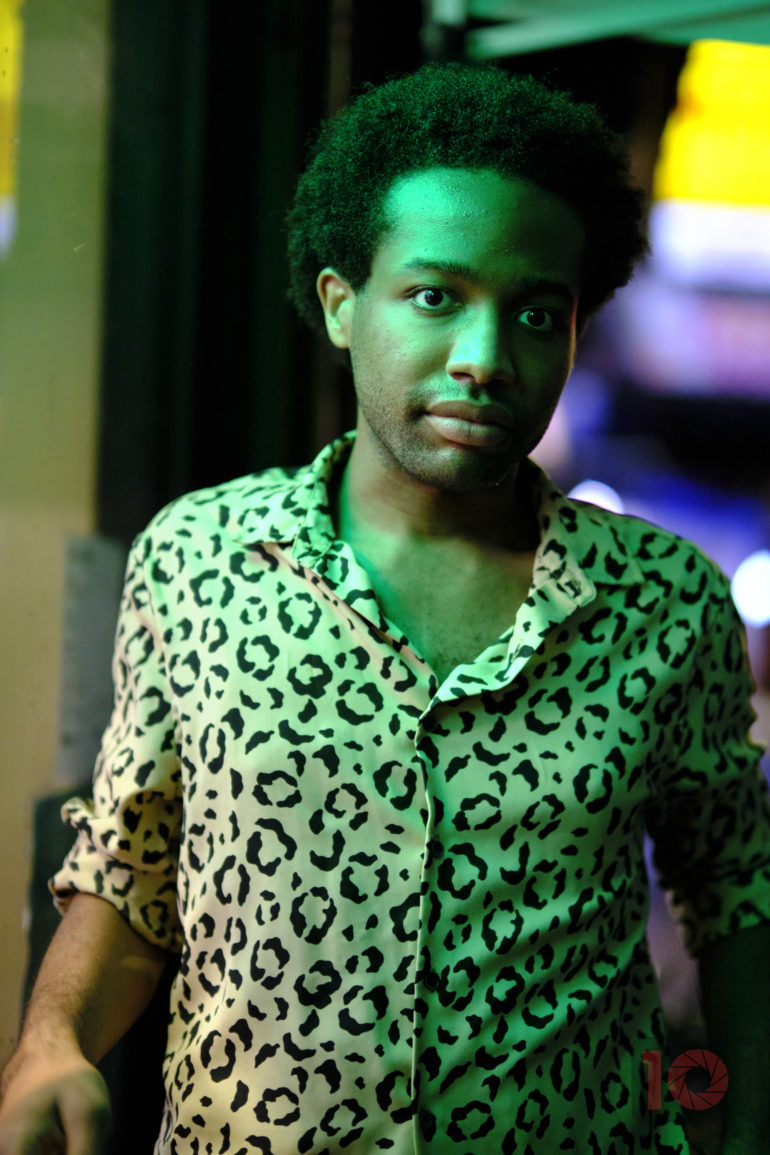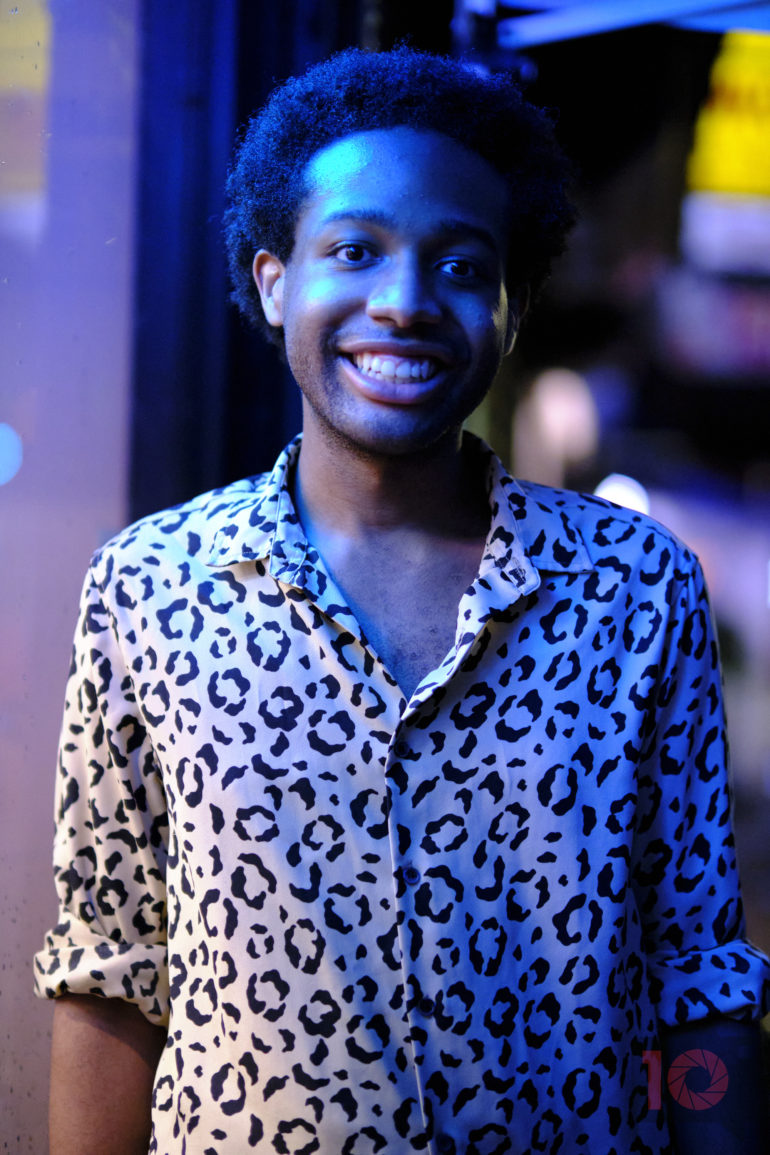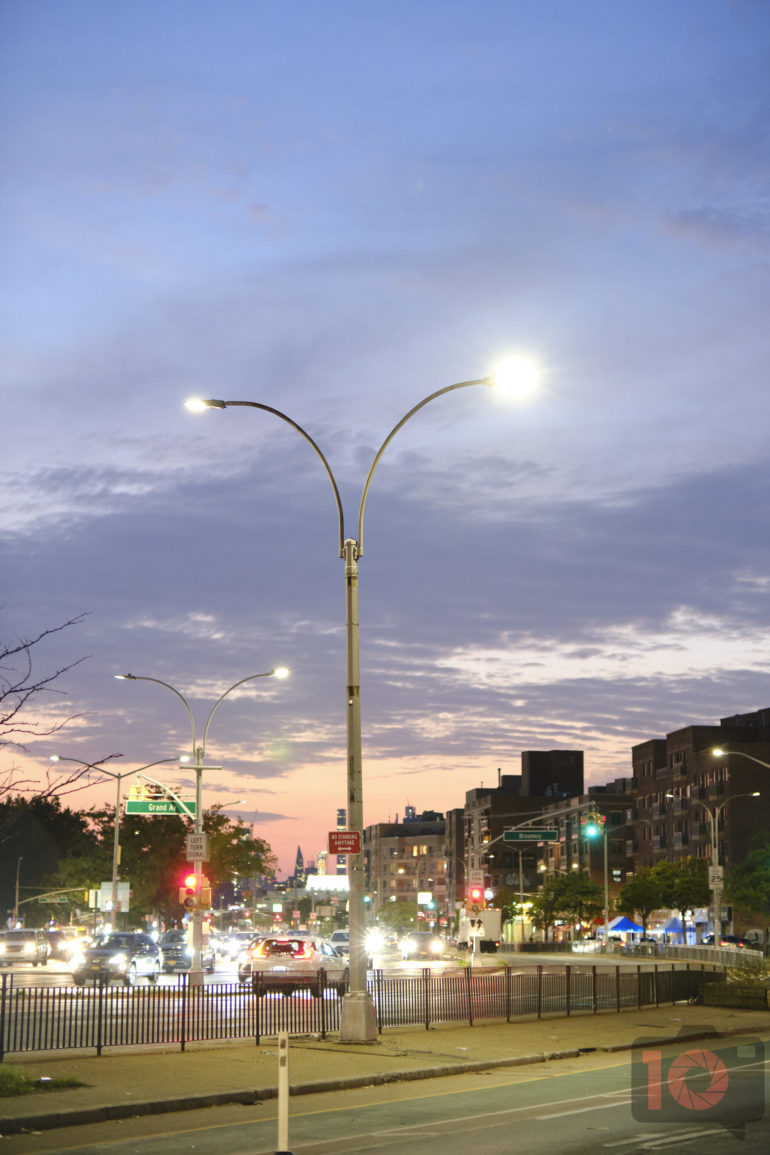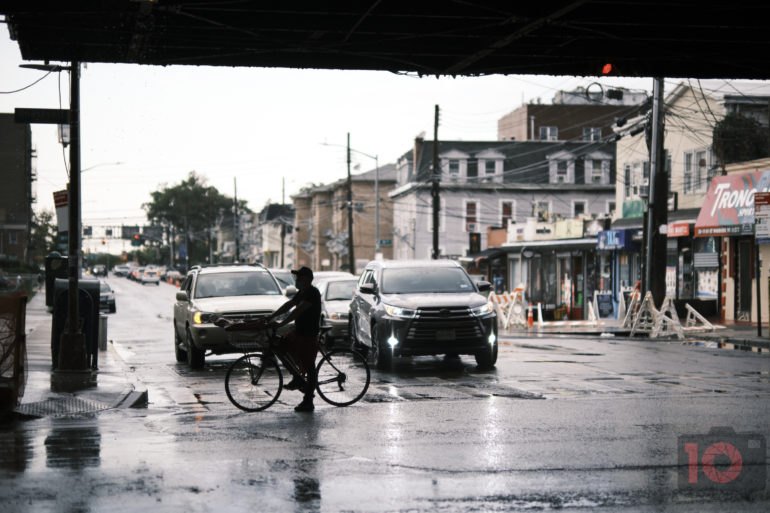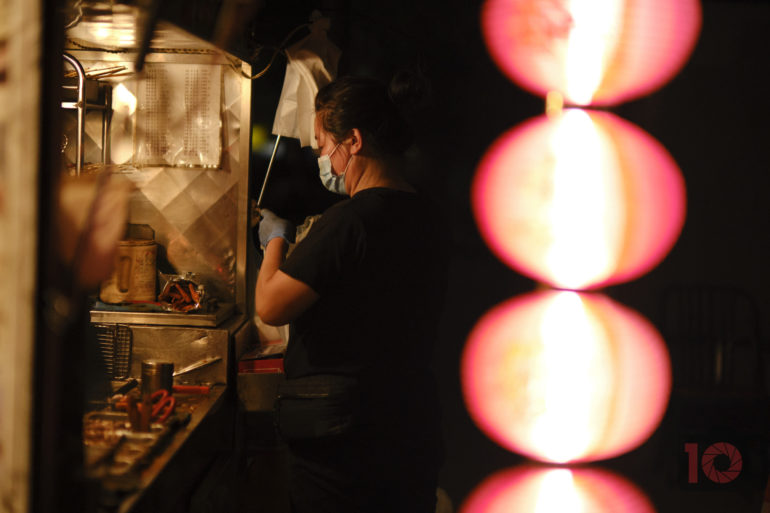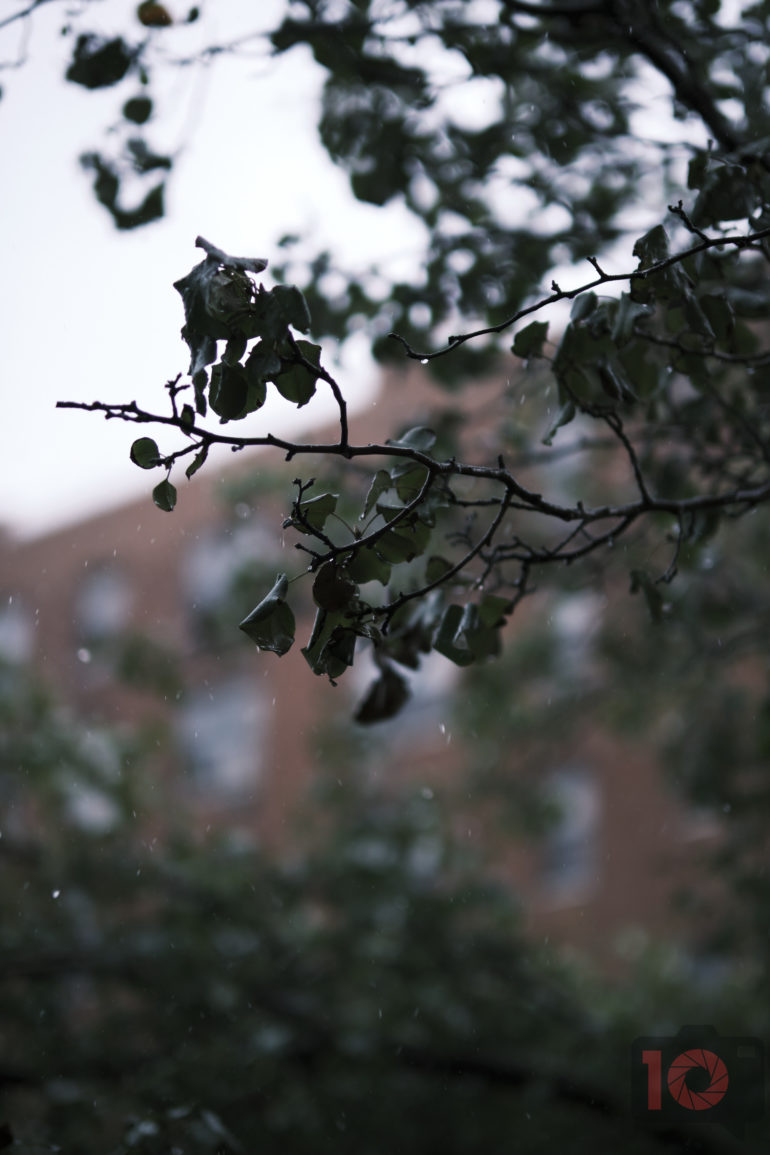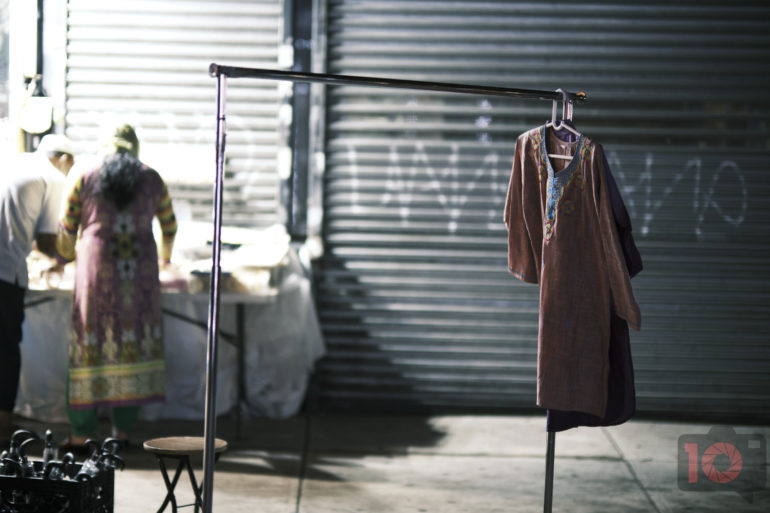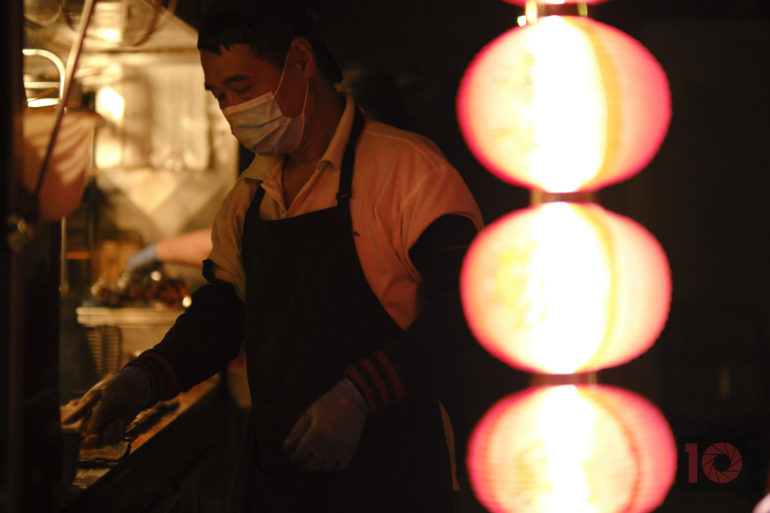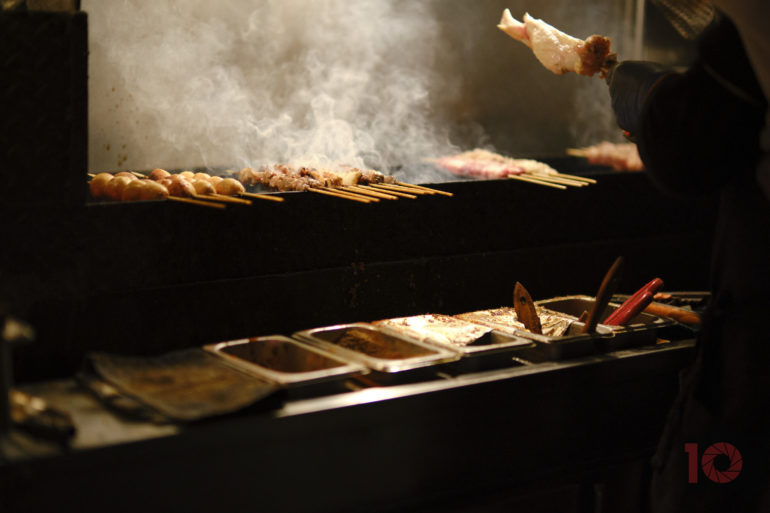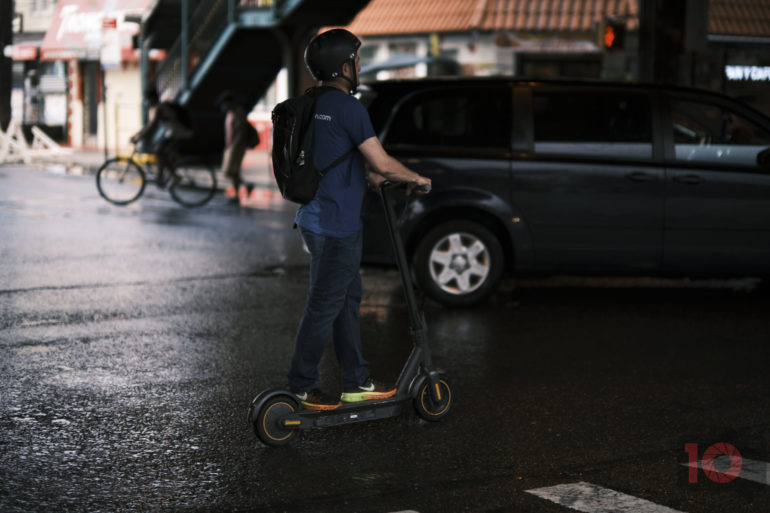Trust us, the impressive Fujifilm 50mm f1 R WR will be on your wish list.
“Why the hell would I want a 50mm f1 lens?” is what I asked myself. Fujifilm changed its super-fast lens strategy. The Fujifilm 50mm f1 R WR is one that I wasn’t too sure about. I mean, I liked the idea of a 33mm. I also prefer the idea of a 56mm f1. At least, I thought I did. My mind changed after using the Fujifilm 50mm f1 R WR on the Fujifilm XT4. This fantastic lens renders the full-frame equivalent of a 75mm f1.5 lens. If you’re a newer photographer, that’s going to be weird to you. If you’re a Leica shooter, you’ll probably feel right at home. The Fujifilm 50mm f1 R WR boasts weather sealing and a metal body to boot. But best of all, it focuses incredibly fast.
Editor’s Note: Fujifilm graciously sent us a pre-production Fujifilm 50mm f1 R WR to test before the announcement.
Tech Specs
- f1 aperture
- Weather sealing
- Metal body
- 9 aperture blades
- Close focusing of 0.7 meters
- 77mm filter thread
- 12 elements in 9 groups
- 1 Aspherical element
- 2 ED elements
Ergonomics
The Fujifilm 50mm f1 R WR is a big lens when you compare it to many of the company’s primes. But it’s also an f1 lens. Further, it’s weather-sealed and has super high performance. And lucky for us, there’s a lot to be familiar with in terms of ergonomics.
The Fujifilm 50mm f1 R WR has two rings. The big one towards the front is a focusing ring. This isn’t the one that shifts back and forth. In fact, zone focusing with this lens is kind of useless. So if you’re shooting street photography, don’t bother. Rely instead on the excellent autofocus. More on that later!
Behind the big ring is the small aperture ring. Around all of this is metal and plastic. But overall, the lens feels very metallic. One could almost liken it to a Leica lens. But it still doesn’t feel as significant.
The aperture starts wide open at f1. And then you can stop it down as you choose. I can’t imagine many photographers will want to stop it down often. If you turn it all the way around, you can get to the A mode. This is where you can set it to auto or have that controlled via the camera. As I state, later on, that’s pointless for Fujifilm. You buy into the system for the dials and the rings. The tactile experience is what it’s all about.
The front of the Fujifilm 50mm f1 R WR has a 77mm filter thread. So if you’re going to mount a Polarizing filter on this lens to get even better colors, just keep that in mind.
Build Quality
Photographers are going to love the build quality of the Fujifilm 50mm f1 R WR. Not only is it weather-resistant, but it’s also made of metal. When you feel it, it’s going to be a substantial experience. Sure, it’s a bit heavy. But all in all, it’s not that bad. In fact, I’m shocked at how balanced it is with both the Fujifilm X Pro 3 and the Fujifilm XT4. During photo walks with both cameras, it definitely felt more balanced on the XT4. But even so, it’s manageable with the X Pro 3. In fact, it’s still so good that I’d gladly buy one to pair with the camera.
Portrait photographers will appreciate the build quality while on location. The metal build and the weather sealing will mean that it can take a whole lot of abuse. Street photographers will also appreciate the same features.
Ease of Use
The Fujifilm 50mm f1 R WR is a pretty straight forward lens. Attach it to the camera, point, focus, and shoot. That’s all that there is to it. It has an aperture ring that can be set to the A mode and then controlled via your camera. But very personally, I think that you buy into Fujifilm because of the dials and rings. You also buy into Fuji because of the unique film simulations. If you’re not using those, then you’re disregarding the heart and soul of the system.
What you’ll probably wonder about the most is image stabilization. Some folks might probably demand that. But personally speaking, I don’t really care. I used the Fujifilm 50mm f1 R WR with the X Pro 3 and was able to get pretty steady shots. But I, as a photographer, made responsible decisions to get those, including bumping the ISO up and being controlled. With the XT4, you’re going to get excellent stabilization. I don’t think this lens needs it. It’s an f1 after all. Just crank the ISO up and embrace the noise and ACROS mode.
Autofocus
I’ve had two different experiences with the Fujifilm 50mm f1 R WR’s autofocus. The first is on the Fujifilm X Pro 3. Unfortunately for owners of the camera, like me, it’s treated like a red-headed stepchild. So this camera hasn’t received any significant autofocus performance boosts like the others have. Despite this, it’s Fujifilm’s most expensive X series camera. The X Pro 3 is targeted to photojournalists and street photographers. Yet it doesn’t get autofocus enhancements to make the most of the Fujifilm 50mm f1 R WR. In real-life use, it was still no slouch. It indeed hunted and sometimes went in and out of focus. But it’s usable. I really hope that Fujifilm updates the X Pro 3 and doesn’t just throw it to the wayside. In my mind, it’s the best camera they’ve ever made–and I willingly paid the premium for it and the five Fujifilm prime lenses I own.
When the Fujifilm 50mm f1 R WR and XT4 let their powers combine, it’s as epic as we remember episodes of Captain Planet were. The autofocus rivals that of Canon–which is a hair behind Sony. But Sony has struggled in low light compared to Canon. And believe it or not, the XT4 is similar to Canon. In low light, my hit/keeper rate with this lens was astonishing. The AF tracking wasn’t the greatest at times. But it always found its way. Most importantly, the Fujifilm 50mm f1 R WR excelled at portraits and street photography. Quite honestly, this combo is a reason for Sony to be scared.
Image Quality
We’ll let you decide for yourself how this lens is. Personally speaking, though, I’m super impressed. I like that it can acquire focus on a subject and give me super-sharp results. Then add in the APS-C sensor’s depth of field benefits. Oh, and that bokeh! Finally, don’t forget about those light-gathering abilities!
First Impressions
Please note, this isn’t our review. Don’t call it that. But this is our first impressions with a pre-production unit. If what I’ve seen so far is this damned good, then I’m very excited for Fujifilm. The super shallow depth of field gives me that full-frame look. The light-gathering abilities are the best Fujifilm has. The image stabilization on the XT4 complements this lens well. And the colors are just something else. You’re going to love the Fujifilm 50mm f1 R WR. I sure am so far. At least, I hope I will when the final sample comes in for review.


